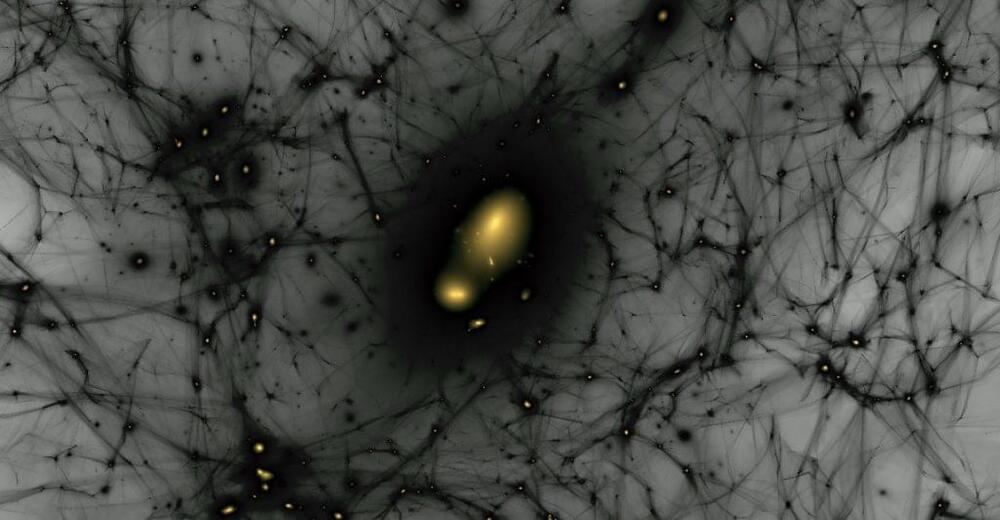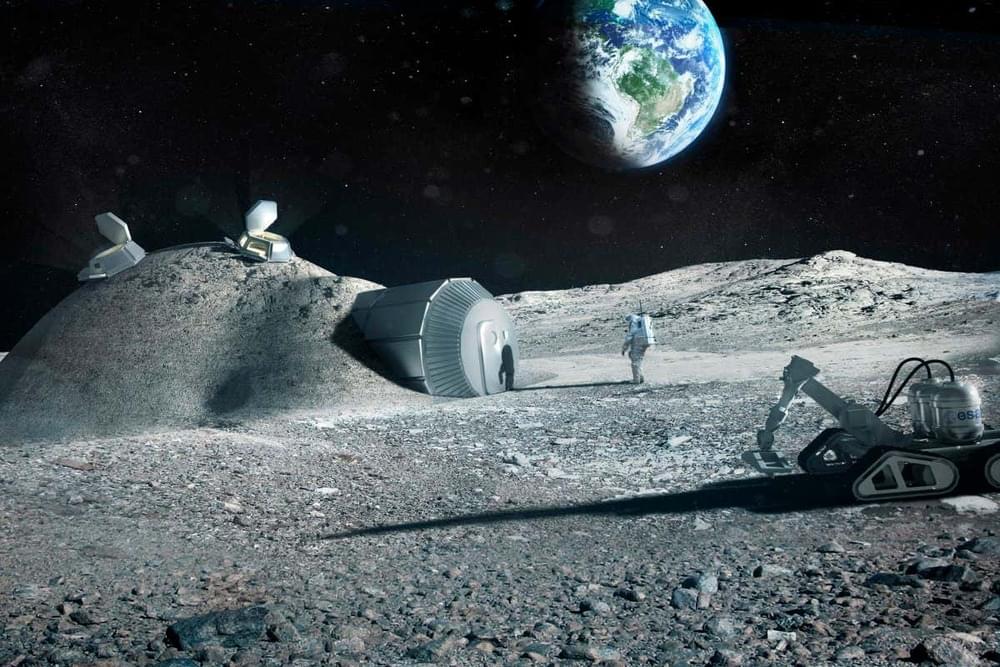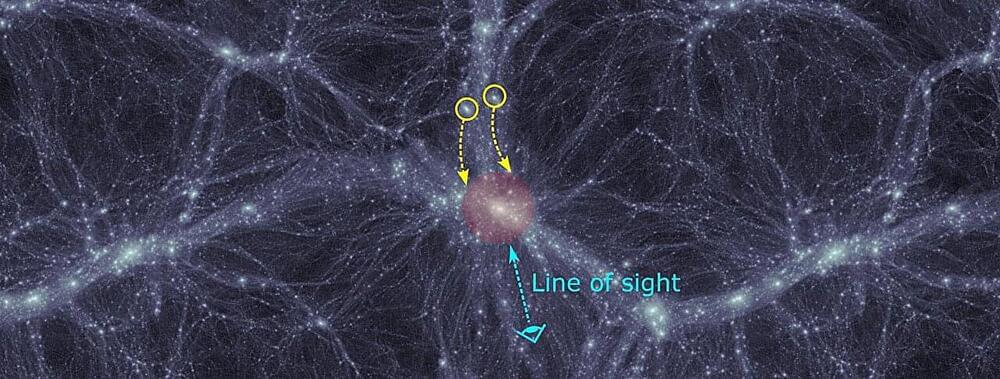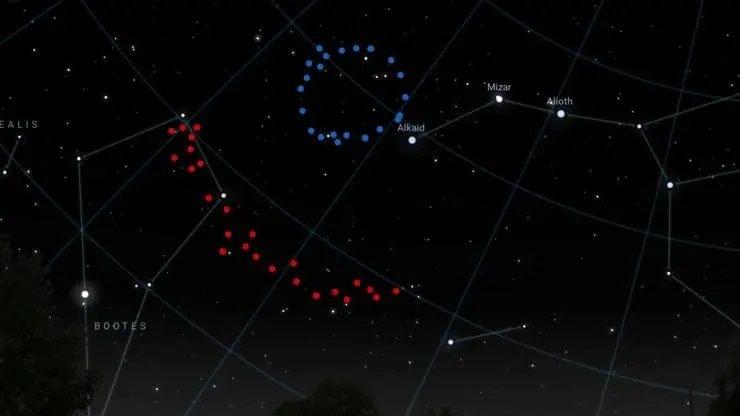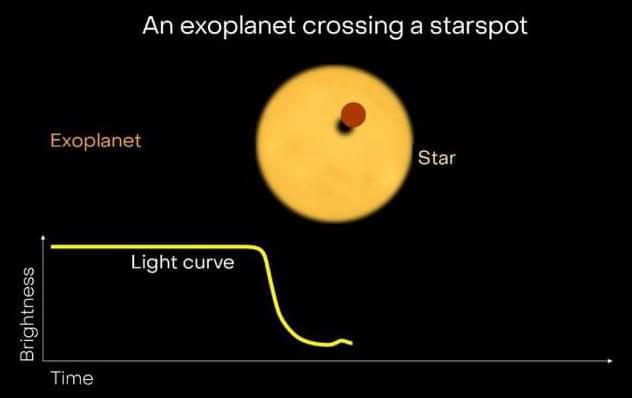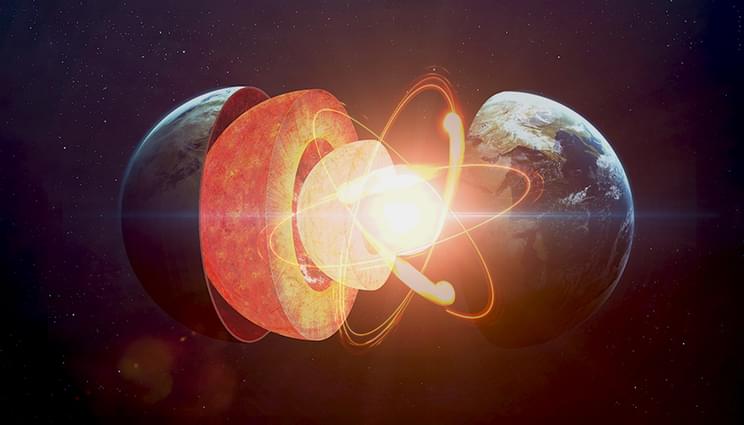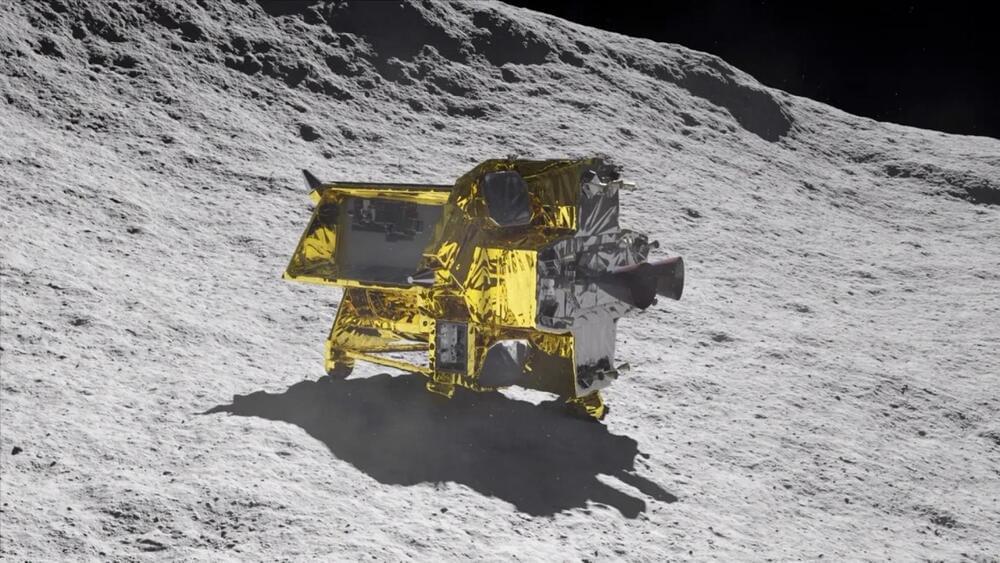On the largest cosmic scales, galaxies line up along filaments, with great clusters forming at their intersection. Here’s how it took shape.
Archive for the ‘space’ category: Page 133
Jan 24, 2024
Fermi Gamma-ray Space Telescope detects Surprise Gamma-Ray feature Beyond our Galaxy
Posted by Natalie Chan in categories: particle physics, space
Astronomers analyzing 13 years of data from NASA’s Fermi Gamma-ray Space Telescope have found an unexpected and as yet unexplained feature outside of our galaxy.
“It is a completely serendipitous discovery,” said Alexander Kashlinsky, a cosmologist at the University of Maryland and NASA’s Goddard Space Flight Center in Greenbelt, who presented the research at the 243rd meeting of the American Astronomical Society in New Orleans. “We found a much stronger signal, and in a different part of the sky, than the one we were looking for.”
Intriguingly, the gamma-ray signal is found in a similar direction and with a nearly identical magnitude as another unexplained feature, one produced by some of the most energetic cosmic particles ever detected.
Jan 24, 2024
NASA is planning a permanent moon base. What will it take to build it?
Posted by Dan Breeden in category: space
The US wants to build a long-term human outpost on the moon by around 2030. Here is all the tech that will be needed, from a space station in lunar orbit to a way to avoid ‘space hay fever’
Jan 24, 2024
Challenging Cosmic Ages: Galactic Dance Reveals Universe Is Younger Than Thought
Posted by Saúl Morales Rodriguéz in category: space
A study using Sloan Digital Sky Survey data reveals that the Universe may be younger than estimated, challenging conventional cosmological models by analyzing satellite galaxy motions around massive groups.
In standard cosmological models, the formation of cosmological structures begins with the emergence of small structures, which subsequently undergo hierarchical merging, leading to the formation of larger systems. As the Universe ages, massive galaxy groups and clusters, being the largest systems, tend to increase in mass and reach a more dynamically relaxed state.
The motions of satellite galaxies around these groups and clusters provide valuable insights into their assembly status. The observations of such motion offer crucial clues about the age of the Universe.
Jan 23, 2024
Motion of satellite galaxies suggests younger universe
Posted by Dan Breeden in category: space
In standard cosmological models, the formation of cosmological structures begins with the emergence of small structures, which subsequently undergo hierarchical merging, leading to the formation of larger systems. As the universe ages, massive galaxy groups and clusters, being the largest systems, tend to increase in mass and reach a more dynamically relaxed state.
The motions of satellite galaxies around these groups and clusters provide valuable insights into their assembly status. The observations of such motion offer crucial clues about the age of the universe.
By using public data from the Sloan Digital Sky Survey (SDSS), a research team led by Prof. Guo Qi from the National Astronomical Observatories of the Chinese Academy of Sciences (NAOC) analyzed the kinematics of satellite pairs around massive galaxy groups. The team’s findings suggest that the universe may be younger than predicted by the LCDM model with Planck cosmological parameters.
Jan 23, 2024
An impossibly huge ring of galaxies might lead us to new physics. Here’s how
Posted by Dan Breeden in categories: physics, space
The ring of galaxies, appropriately called the “Big Ring,” has a circumference of nearly 4 billion light-years.
Jan 23, 2024
Space-Grown Lettuce Faces Food Safety Concerns on the ISS
Posted by Laurence Tognetti, Labroots Inc. in categories: food, space
“We need to be prepared for and reduce risks in space for those living now on the International Space Station and for those who might live there in the future,” said Dr. Kali Kniel. “It is important to better understand how bacterial pathogens react to microgravity in order to develop appropriate mitigation strategies.”
As human spaceflight has advanced, so has the food that astronauts eat during their respective missions. This has evolved from dehydrated food during the Apollo missions to regular food that astronauts can get shipped from Earth. But an astronaut’s diet expanded thanks to a 2020 study published in Frontiers in Plant Science that evaluated space-grown lettuce in the International Space Station (ISS) with promising results. While that study exhibited “negative results” for human pathogens, a recent study published in Scientific Reports has demonstrated that human pathogens could infect space-grown lettuce, specifically leafy green vegetables, that could lead to food safety concerns during spaceflight from the microgravity conditions where the plants are grown.
For the study, the researchers simulated microgravity conditions by rotating plants at 2 rotations per minute (RPM), 4 RPM, and unrotated and with and without S. enterica Typhimurium, which is a known salmonella bacterium, and later with Bacillus subtilis strain UD1022. The team analyzed changes in how much each bacteria invaded the plant’s pores, which function as the primary mechanism during photosynthesis for discharging oxygen and taking in carbon dioxide.
Continue reading “Space-Grown Lettuce Faces Food Safety Concerns on the ISS” »
Jan 23, 2024
Unlocking the Secrets of a ‘Hot Saturn’ and its Spotted Star
Posted by Natalie Chan in category: space
Led by researchers from Université de Montréal’s Trottier Institute for Research on Exoplanets (iREx), a team of astronomers has harnessed the power of the revolutionary James Webb Space Webb Telescope (JWST) to study the “hot Saturn” exoplanet HAT-P-18 b.
Their findings, published last month in the journal Monthly Notices of the Royal Astronomical Society, paint a complete picture of the HAT-P-18 b’s atmosphere while exploring the great challenge of distinguishing its atmospheric signals from the activity of its star.
HAT-P-18 b is located over 500 light-years away with a mass similar to Saturn’s but a size closer to that the larger planet Jupiter. As a result, the exoplanet has a “puffed-up” atmosphere that is especially ideal for analysis.
Jan 22, 2024
New study reveals surprising behavior of iron under extreme conditions
Posted by Dan Breeden in categories: evolution, space
Iron is one of the world’s most abundant elements and a primary component of the Earth’s core. Understanding the behavior of iron under extreme conditions, such as ultra-high pressures and temperatures, has implications for the science of geology and the Earth’s evolution.
In a study conducted by a team led by Lawrence Livermore National Laboratory. researchers combined lasers and X-ray diffraction methods to examine how different crystal structures of iron are related to each other and what happens when it melts at ultrahigh pressures and temperatures. The paper was published in the journal Physical Review B.
Using the Dynamic Compression Sector beamline at Argonne National Laboratory, researchers applied nanosecond laser shock compression to iron at pressures up to 275 gigapascals (GPa) — more than 2 million times atmospheric pressure — and used in situ picosecond X-ray diffraction to study the structure of the iron under these extreme conditions. Authors said the ability to gather this novel data on iron provides insights into materials science and the internal dynamics of Earth and other terrestrial exoplanets.
Jan 22, 2024
Japan’s historic Moon lander counts on sunlight to overcome battery issues
Posted by Gemechu Taye in categories: solar power, space, sustainability
Despite this historic feat achieved by the Smart Lander for Investigating Moon (SLIM), challenges persist.
The mission team established immediate communication with the lander post-landing, but concerns arose as the solar cell struggled to generate electricity.
Japan Aerospace Exploration Agency (JAXA) decided to switch off the Moon lander almost three hours after the historic landing.
